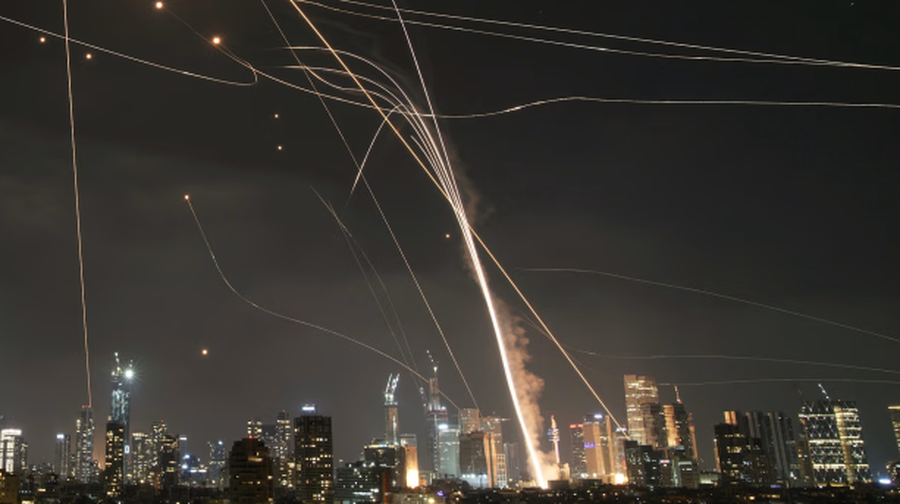
The past three days have seen a dramatic escalation in the Middle East, as Iran launched a massive missile attack on Israel in retaliation for Israeli attacks on Iranian soil. Tehran launched a barrage of missiles (around 200 according to Israel) in successive waves. The Israel Defense Forces activated their defense systems and many of the incoming missiles were intercepted. However, a significant number of the missiles managed to get through. According to Reuters, more than 50 Iranian missiles penetrated the Iron Dome and hit Tel Aviv, causing explosions, injuries and damage even to high-rise buildings.
The Iranian attack was based on advanced medium-range ballistic missiles. Ballistic missiles fly very high and return to Earth at supersonic speeds, which makes them much more difficult to intercept by missile defenses. International media reports indicate that Tehran used the new "supersonic" Fattah-1 ballistic missile (unveiled in 2023), as well as the advanced Kheibar Shekan missile, in this attack.
The Fattah-1 can reach speeds of Mach 13-15 and maneuver during reentry, characteristics that make it difficult to intercept. These missiles also have considerable accuracy and powerful explosive warheads, capable of causing large-scale damage to military targets. It is noteworthy that the attack was launched suddenly almost exclusively with ballistic missiles - without the presence of slower drones or cruise missiles - reducing the reaction time of Israeli air defenses to a minimum.
Israeli Air Defense and its Limitations
Israel has a multi-layered air defense network. Its main pillars are: (a) Iron Dome to counter short-range missiles and rockets, (b) the David's Sling system for medium-range and tactical ballistic missiles, and (c) the Arrow-2/3 missiles to intercept long-range ballistic threats. Iron Dome has demonstrated excellent performance against rockets from Gaza (with a 90% success rate against threats directed at populated areas). However, it is designed for relatively low-speed, low-orbit targets - it is not intended to intercept missiles coming at multiples of the speed of sound from the upper atmosphere. More advanced systems, such as David's Sling and especially Arrow-3, extend defense against ballistic missiles, but even these have limited interceptors and have never been tested in such a massive attack on hypersonic targets. Israeli military officials have repeatedly stressed that no shield is completely impenetrable - not even the state-of-the-art Iron Dome is described as "airtight."
How the Iranian attack "pierced" the defense
Iran's success in penetrating Israel's expensive air defenses owes as much to the capabilities of its missiles as to saturation tactics. The state-of-the-art ballistic missiles used operated outside the "envelope" that Iron Dome can effectively deal with - forcing it to operate beyond its limits.
At the same time, the simultaneous launch of dozens of missiles created an overload on Israeli defenses: even with high success rates per missile, a sufficiently large volume of attacks ensures that some will escape. Analysts point out that we are at a tipping point where offensive ballistic weapons, under certain conditions, can defeat even the most sophisticated defense systems.
In this case, out of approximately 200 rockets launched, a few dozen (perhaps 40-50) managed to hit Israeli territory - an unprecedented percentage that shakes the sense of absolute security provided by Iron Dome. Israel will probably have to further strengthen its defense technologies (e.g. more Arrow sets or new tools such as lasers) to deal with these new threats. At the same time, however, it is clear that Israeli air defense, although intercepting most incoming rockets, cannot guarantee 100% protection - something that has been amply demonstrated by the events of recent days. (A2 Televizion)











